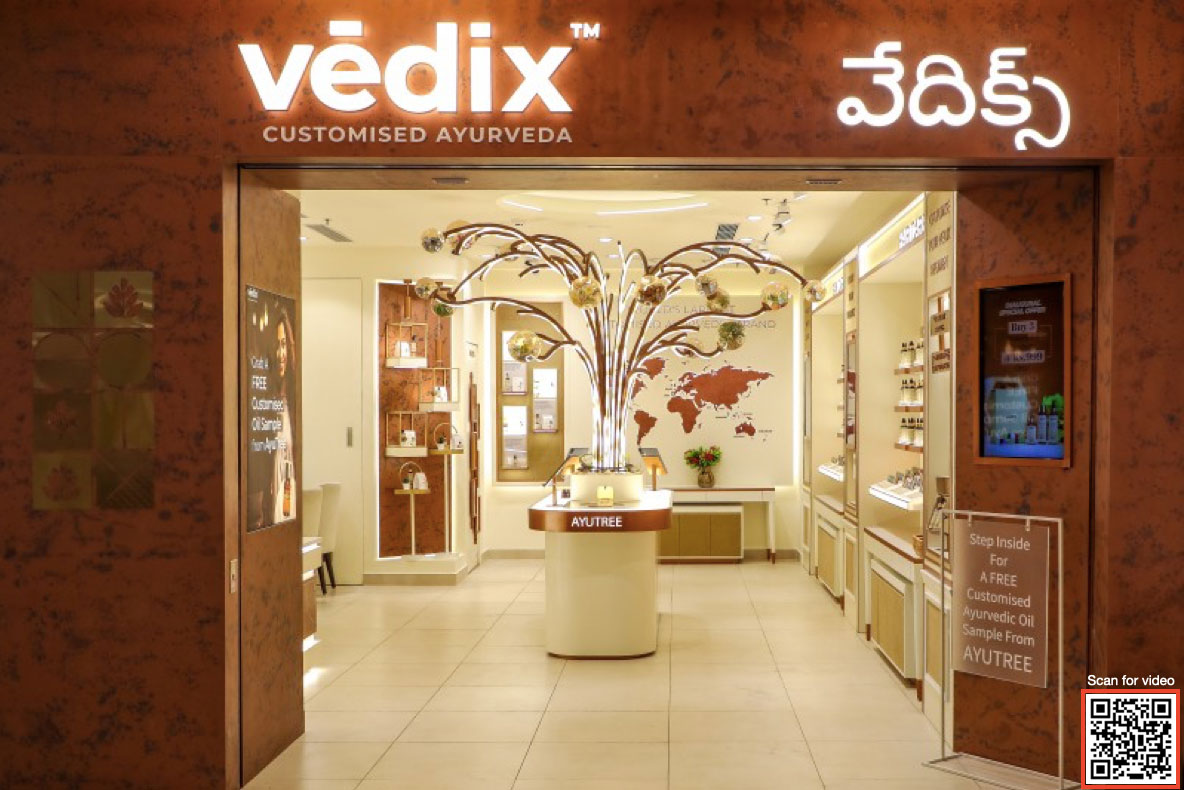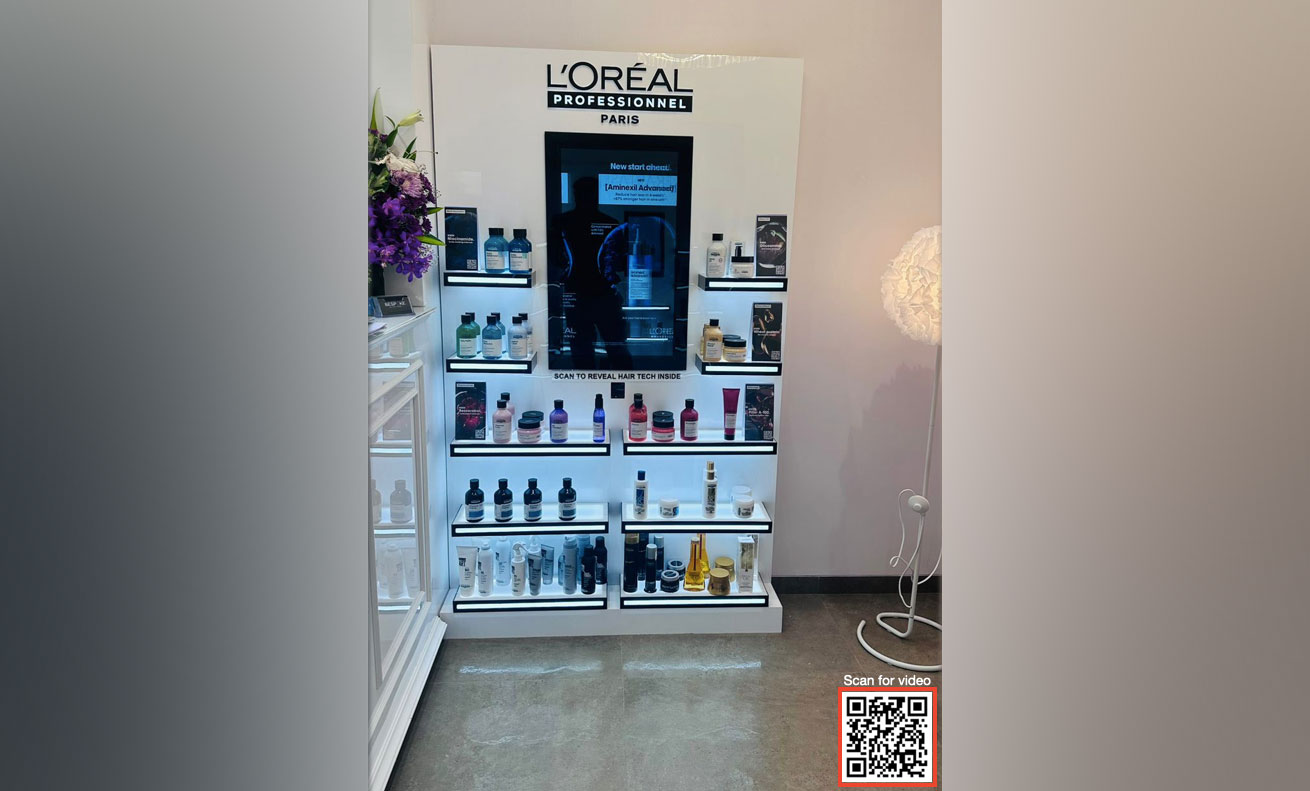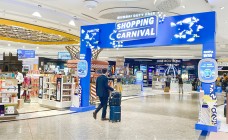‘Technology transcends hardware & software; it's about leveraging tools in alignment with brand & customer context’
By N Jayalakshmi | April 03, 2024
A problem-solving approach is the only one that finally delivers results in any business and is even more critical in retail-centric businesses. This is the basis for retail consultancy firm Flowchart, which seeks to bridge the gap between brands' offline retail design and customer experience aspirations, while also addressing the limitations faced by agencies and vendors. Mahesh Shinde, Founder, Flowchart Retail Consultancy, shares more on this with Retail4Growth.
What are the specific challenges faced by retail clients that Flowchart seeks to address and how?
We often hear clients express the following needs:
A. A desire to enhance innovation and customer experience within their stores.
B. Recognition of a significant disparity between design visions and actual construction, emphasizing the importance of practicality and alignment with reality.
C. A need to create modular designs for scalability and adaptability.
D. Acknowledgment of a gap between international concepts and local realities, thereby requiring adaptation.
E. Observation of a lack of proper utilization of technology.
F. Recognition of the value in engineering existing designs.
At FC, we've built a retail consultancy dedicated to addressing these concerns by bridging the gap between brands' offline retail design and customer experience aspirations and the limitations often faced by agencies and vendors in execution.
Whether it's offline stores, pop-ups, or activations, it's crucial to effectively communicate the brand's tone of voice (TOV) while incorporating innovative experiential elements through digital and immersive solutions. However, this process is often fragmented across multiple agencies and vendors, leading to disjointed experiences.

Our approach involves collaborating closely with brands to enhance their customer journey and experience at offline touchpoints. Simultaneously, we work alongside vendors to elevate their facilities, systems, processes, and drawings, ensuring higher quality and improved deliverables. By aligning everyone involved towards the common goal of creating a seamless brand story at the retail touchpoint, we strive to achieve the best outcomes at fair prices.
Do you see the lines dividing online and offline retail blurring? What role does technology play in their seamless integration?
The prevailing retail design language now revolves around omni-channel strategies and experience centres. With e-commerce platforms providing customers with comprehensive access to brand information, education, reviews, try-ons, and comparisons, the offline representation of a brand cannot be anything short of the same and needs to go even further by delivering an added layer of experiential immersion through touch, feel, and emotional engagement.
Achieving this level of experiential retail requires leveraging technology effectively, although this doesn't necessarily entail relying solely on digital screens. Depending on the product category and the brand promise, it's essential to employ the right mix of technology, hardware, content, and integrate them seamlessly with store design and the customer journey. This integration is critical in delivering a memorable and immersive brand experience offline, complementing the convenience and accessibility provided by e-commerce platforms.
How do you see retail clients' adoption of technology? Do you think there are still some misconceptions that they have? Any key points that they should consider while choosing the right technology for their front-end interface (both offline and online)
Retail clients are increasingly embracing new technology-based solutions introduced in recent times. Brands like Tira and Azorte are at the forefront, pioneering innovative solutions utilizing RFID, 3D content, vending machines, touch tables, virtual try-ons, and more.
However, a common misconception arises when clients express their desire to be omni-channel and digital at retail, often equating this solely with the use of digital screens. It's not entirely their fault, as many brands lack the resources to actualize their vision fully. Moreover, there's a tendency among brands to import solutions when comparable options are available locally in India.
Another challenge is the tendency for brands to follow what competitors are doing, without considering the unique needs of their own brand and customers. While benchmarking can provide short-term insights, the true value of technology lies in its ability to serve a larger purpose. Given the significant investment of time and money involved, it's crucial to think strategically about future readiness and maximizing the utility of invested hardware and software.
Technology transcends mere hardware and software; it's about leveraging these tools in alignment with your brand and customer context. When investing in technology, it's essential to justify the expenditure in terms of ROI, data acquisition, customer education, or enhanced social media coverage.
Moreover, technology should ideally facilitate two-way interaction, encouraging customer participation to create more meaningful experiences. Offering redemption opportunities further enhances customer engagement and loyalty.

Examples from our work with L’Oreal Professional and Vedix use technology and trying to deliver the brand promise. For instance, to address the challenge of one-sided communication in product demonstrations, we developed a scan-and-learn technology. This enables customers to scan product barcodes, triggering access to videos, web links, reviews, and more via a touch screen interface. L’Oreal Professional utilizes this technology in salons, empowering customers to explore product details matching it to an e-commerce experience. The universal barcode system ensures scalability and data collection for insights into customer behaviour.
Similarly, Vedix leverages this technology in-store, but their standout feature is the AYUTREE. Designed to deliver customized Ayurvedic solutions, the AYUTREE mixes oils in real-time based on customer input, providing a personalized 10ml sample instantly. This innovative approach not only enhances the retail experience but also reinforces the brand's commitment to customization and efficacy.
Through strategic utilization of technology, brands can create such immersive experiences, deepen customer engagement, and drive business growth effectively.
What plans for Flowchart this FY?
Our plans for this year are based on the evolving landscape of the retail industry. We are committed to leveraging technology applications and hardware to craft meaningful, objective-driven customer experiences, and we're already implementing some compelling solutions and products.
Recognizing the gaps in our capabilities, we've expanded our design team beyond concept designers, 3D artists, and architects. We've onboarded animation content designers and tech-savvy thinkers proficient in AI-based software. Additionally, we've forged partnerships with developers, hardware suppliers, and international tech providers to ensure we have access to cutting-edge resources.
From a commercial standpoint, we anticipate that 30% of our business this year will stem from tech-integrated retail designs and services. This also supports our commitment of delivering exceptional value to our clients.
How do you think a platform like DDX Asia can help buyers and sellers in the retail technology space?
As mentioned earlier, the landscape of retail technology solutions often sees providers working in isolation, leading to a lack of cohesion and collaboration. Unfortunately, India lacks a centralized platform where these brilliant minds can converge to exchange ideas, showcase their offerings, address common challenges, and co-create impactful solutions.
In this regard, DDX Asia is a promising solution. By providing a forum for brands, agencies, retail solution vendors, developers, content designers, and hardware suppliers to come together, DDX Asia facilitates collaboration and knowledge sharing.
Moreover, with the increasing presence of international brands in the Indian market, the participation of international solution providers at DDX Asia would be highly beneficial. Their inclusion would bring diverse perspectives and global best practices and enhance collaborations.









Comments